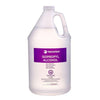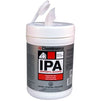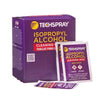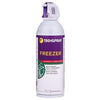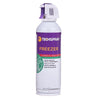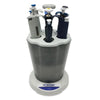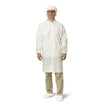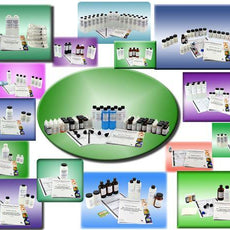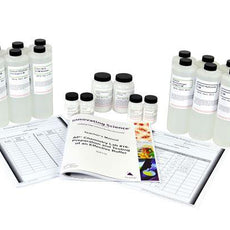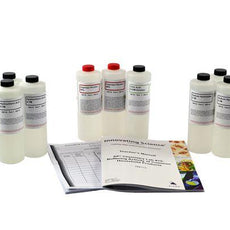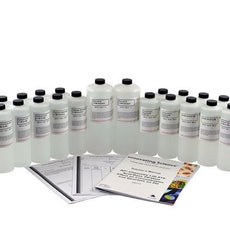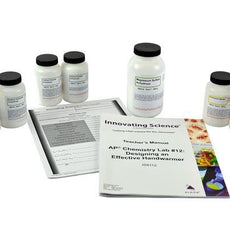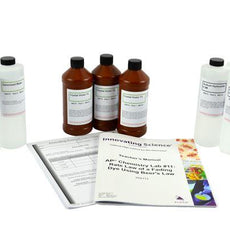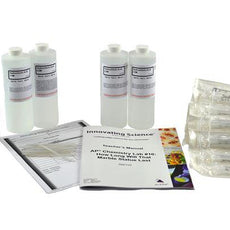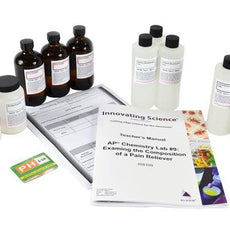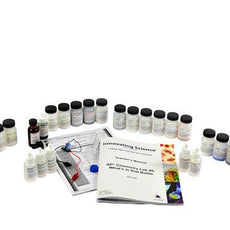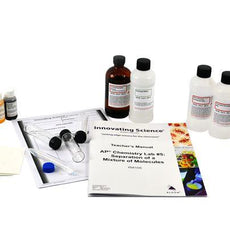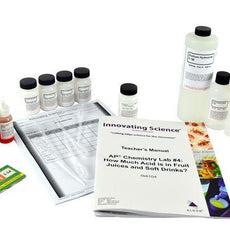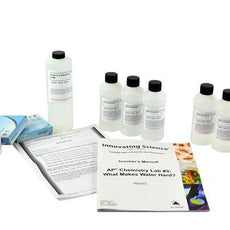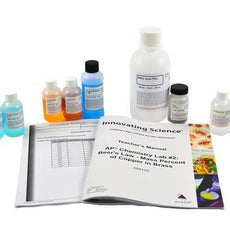- No products in the cart.
Menu
Start typing to see products you are looking for.
Start typing to see products you are looking for.
Browse Categories
-
PPE Apparel
Masks
-
 KN95 Respirator Mask, 4 layers, Box of 50 -LP-KN95-001BOX50
$79.00
KN95 Respirator Mask, 4 layers, Box of 50 -LP-KN95-001BOX50
$79.00
-
 Harley L-188 N95 Particulate Respirator Mask, Box of 20 - LP-L188-N95
$36.00
Harley L-188 N95 Particulate Respirator Mask, Box of 20 - LP-L188-N95
$36.00
-
 Lab Pro Mask KN95 (K-N95) Pack of 50 - LP-MASK2-K95 - 40% OFF
Lab Pro Mask KN95 (K-N95) Pack of 50 - LP-MASK2-K95 - 40% OFF
$125.00$75.00 -
 Lab Pro 3ply Earloop Disposable Mask (Non-Surgical) (Box of 50) - 84% OFF
Lab Pro 3ply Earloop Disposable Mask (Non-Surgical) (Box of 50) - 84% OFF
$57.00$9.00
-
-
Chemicals
-
Wipes
-
Microscopes and Lighting
-
Hand Tools
Hand Tools
-
 Excelta Scissors - 346B - Micro Self-Opening - Straight - SS - Blade Length .38" - 346B
$32.16
Excelta Scissors - 346B - Micro Self-Opening - Straight - SS - Blade Length .38" - 346B
$32.16
-
 Excelta Scissors - Straight Slim Blade - SS - Blade Length 1.25" - 271
$9.83
Excelta Scissors - Straight Slim Blade - SS - Blade Length 1.25" - 271
$9.83
-
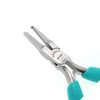 Excelta Pliers - Forming Dog Leg - Carbon Steel - 907-89B
$320.73
Excelta Pliers - Forming Dog Leg - Carbon Steel - 907-89B
$320.73
-
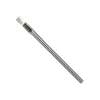 Excelta Brushes - 213A-N - Cleanroom Safe - Straight - SS/Statig09 Bristles - 213A-N
$17.58
Excelta Brushes - 213A-N - Cleanroom Safe - Straight - SS/Statig09 Bristles - 213A-N
$17.58
-
-
Gloves
Powder Free Nitrile Gloves
-
 TrueForm Powder-Free Nitrile Exam Gloves Royal Blue (Small), Case of 1000 (TF-050-095-RB) (10 boxes 100/Box) - N301342
TrueForm Powder-Free Nitrile Exam Gloves Royal Blue (Small), Case of 1000 (TF-050-095-RB) (10 boxes 100/Box) - N301342
$199.00$99.00 -
 PowerForm Nitrile Exam Gloves Black (Medium), Case of 1000 (PF-90BK)(10 boxes 100/Box) - N716883
$237.00
PowerForm Nitrile Exam Gloves Black (Medium), Case of 1000 (PF-90BK)(10 boxes 100/Box) - N716883
$237.00
-
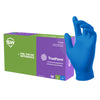 TrueForm Powder-Free Nitrile Exam Gloves Royal Blue (Medium), Case of 1000 (TF-050-095-RB) (10 boxes 100/Box) - N301343
TrueForm Powder-Free Nitrile Exam Gloves Royal Blue (Medium), Case of 1000 (TF-050-095-RB) (10 boxes 100/Box) - N301343
$199.00$99.00
-
-
Swabs and Applicators
Foam Tipped Swabs
-
ESD & Static Control
ESD & Static Control
-
Lab Equipment
-
Pipettes
-
Furnaces and Ovens
Furnaces and ovens
-
All Products
- Services New
-
Industries Served
- Brands
-
Information
-
Blog
-
All blogs
- Aerospace
- Calibration of Lab Equipment
- Chemicals and Solvents
- Cleanroom and Critical Environment
- Electric Battery Labs
- ESD Safety
- Lab Consumables
- Lab Glassware and Glassware Equipment
- Lab Pro’s Top 5
- Laboratory Equipment
- Laboratory Safety & Lab Efficiency
- Medical Adhesives
- Medical Device Industry
- Microscopes, Lighting & Inspection
- News
- Our Blog
- Pipettes
- PPE and Safety Apparel
- Press Release
- Science Education
- Solar Energy Labs
- Sustainable & Eco-Conscious Lab
- Swabs
- Tweezers and Cutters
- Ultrasonic Cleaning
- VMI for Lab Supplies
-
All blogs
- Contact
Guided Inquiry AP Chemistry
Guided inquiry AP chemistry materials are manufactured to help students apply scientific principles in the classroom. They range from effective buffer preparation kits to kits for analyzing the components of pain relievers, all offered with guides for both teachers and students. Browse among Lab Pro’s collection and pick the one most suitable for your needs.
If you need further assistance, give us a call or chat with a customer service representative for live technical support. We also offer next-day service in California and same-day service for will-calls.
Science Education
If you need further assistance, give us a call or chat with a customer service representative for live technical support. We also offer next-day service in California and same-day service for will-calls.
- Home
- All Categories
- Science Education
- Guided Inquiry AP Chemistry
- Sort by
- FILTER BY PRICE
-
-
Below $100.00
-
$100.00-199.00
-
$200.00-299.00
-
$300.00-399.00
-
$400.00-499.00
-
Above $500.00
-
- FILTER BY COLOR
-
-
- FILTER BY SIZE
-
-
S
-
M
-
L
-
XL
-
2XL
-
3XL
-
- FILTER BY BRAND
-
-
Adidas
-
Camel
-
Motorola
-
Rolex
-
Samsung Galaxy
-
Seiko
-
Sony
-
Complete Set/16 New Ap Chem -IS8117
$750.00The complete set of Innovating Science 16 AP Chemistry Kits is available! Kits Included; IS8101 Lab #1: Effect of Concentration on Transmitted Light IS8102 Lab #2: Beer’s Law – Mass...
Preparation Of Effective Buffers Ap Lab #16 -IS8116
$89.99Students will design a buffer that can maintain a pH within a narrow range when certain amounts of acid and base are added. The activity contains enough materials for 15...
Buffering Activity/Common Products Ap Lab #15 -IS8115
$48.75Many household products contain buffering chemicals. Students will design a procedure to determine the buffering agents that are in different household products such as foods, beverages and over the counter...
Structure & Conc In Acid/Base Titrations Ap Lab#14 -IS8114
$52.50Students will conduct a series of acid-base titrations and determine the concentrations of two unknowns. They will create a procedure to collect quantitative titration data using a buret and pH...
Le Chatelier And The Colors Of The Rainbow Ap Lab #13 -IS8113
$115.00Students will investigate Le Chatelier’s principle and why it works. They will also investigate this principle by testing several systems at equilibrium and then selecting specific ones to produce the...
Designing A Hand Warmer Ap Lab #12 -IS8112
$48.00Students study the various energy changes that occur with the formations of solutions for laboratory salts. From this data they will create the best and safest hand warmer. Students will...
Rate Law Of The Fading Of A Dye Beers Law Ap Lab #11 -IS8111
$35.00Students will determine the rate law for the reaction of crystal violet and sodium hydroxide. Students will also prepare dilutions of stock crystal violet solutions to generate a Beer’s law...
How Long Will That Marble Statue Last? Ap Lab #10 -IS8110
$98.00Students will observe and measure the evolution of carbon dioxide gas from the decomposition of calcium carbonate when mixed with an acid. Students will also create experiments to determine the...
Analyzing The Components Of Pain Relievers Ap Lab #9 -IS8109
$71.95Students will test the solubility of each possible component of a commercially available pain reliever in an organic solvent, ethyl acetate, and in a basic aqueous solution of sodium bicarbonate....
Determination Of The Actual % Of H2o2 Ap Lab #8 -IS8108
$38.25Students will determine the actual concentration of the Hydrogen Peroxide in the bottle by titration and determine if it is lower than the value on the label. Hydrogen Peroxide will...
Green Chemistry & Purification Ap Lab #7 -IS8107
$22.00First, students will design their own experiment to separate two substances using green chemistry principles. Students will also design and perform an experiment to quantitatively measure the weight percent of...
What's In That Bottle? -IS8106
$79.00Students will identify unknown chemicals based on laboratory testing of their physical and chemical properties. Students will identify the 4 different kinds of bonds that exist in chemicals: ionic, polar...
Separation Of Molecules Ap Lab #5 -IS8105
$85.00Students collect data using different solvents to identify the optimal solvent for separation. They will then illustrate the intermolecular forces that are acting on the molecules in the separation. Students...
Acid In Fruit Juices And Soft Drinks Ap Lab #4 -IS8104
$43.00Study how the concentration of acids in various consumer beverages may be determined by titration with sodium hydroxide. Students will determine the proper indicator to use in the titration of...
What Makes Water Hard? Ap Lab #3 -IS8103
$38.00Students will investigate the suitability of gravimetric analysis for determining the amount of water hardness in the form of calcium carbonate found in various water samples. The activity contains enough...
Beer's Law - Mass % Of Copper -IS8102
$46.75Students will design a laboratory procedure to analyze the amount of copper in brass using a spectrophotometer. Students identify the correlation among wavelength, absorbance, and concentration for each of three...







